Insecticidal soap is a type of pest control product that is made from a mixture of fatty acids and potassium hydroxide. It is used to manage a wide range of pests, including:
-
Aphids: Insecticidal soap is effective against aphids, which are small, soft-bodied insects that feed on plants.
-
Mites: Insecticidal soap can also be effective against mites, including spider mites and two-spotted spider mites.
-
Thrips: Insecticidal soap can be effective against thrips, which are tiny, slender insects that feed on plants.
-
Whiteflies: Insecticidal soap can be effective against whiteflies, which are small, winged insects that feed on plants.
-
Mealybugs: Insecticidal soap can be effective against mealybugs, which are small, soft-bodied insects that feed on plants.
How to use:
-
Choose the right formulation: Insecticidal soap is available in a variety of formulations, each of which is effective against a specific group of insects. Choose a formulation that is specifically designed to control the pest that you have identified.
-
Mix the insecticidal soap according to the label instructions: Follow the instructions on the product label carefully when mixing the insecticidal soap. Different formulations may have different application rates and precautions, so it is important to follow the instructions carefully.
-
Apply the insecticidal soap: Insecticidal soap can be applied using a variety of methods, including spraying, dusting, or soil drenching. Choose the method that is most appropriate for the pest and the stage of growth of the plant.
-
Reapply as needed: Insecticidal soap is most effective when applied during the larval stage of the pest's life cycle, when the pest is actively feeding on the plant. If the pest population persists, you may need to reapply the insecticidal soap according to the label instructions.
Insecticidal soap is a type of pest control product that is made from a mixture of fatty acids and potassium hydroxide and is used to manage a wide range of pests in agricultural and horticultural crops. Here are some potential pros and cons of using insecticidal soap:
Pros:
-
Effective against a wide range of pests: Insecticidal soap is effective against a wide range of insects, including aphids, mites, thrips, whiteflies, and mealybugs.
-
Safe for humans, animals, and the environment: Insecticidal soap has low toxicity to humans, animals, and the environment, making it a safe alternative to some chemical pesticides.
-
Easy to use: Insecticidal soap is easy to mix and apply, making it a convenient option for pest control.
-
Can be used on a variety of crops: Insecticidal soap can be used on a wide range of crops, including vegetables, fruits, herbs, and ornamentals.
Cons:
-
May not be effective against all pests: Insecticidal soap is effective against a wide range of pests, but it may not be effective against all types of pests.
-
May require multiple applications: Insecticidal soap is most effective when applied during the larval stage of the pest's life cycle, when the pest is actively feeding on the plant. If the pest population persists, multiple applications may be necessary.
-
Can be toxic to some plants: Insecticidal soap can be toxic to some types of plants, especially if it is applied in high concentrations or if the plants are stressed due to other factors such as drought or extreme temperatures.
-
Can break down quickly: Insecticidal soap can break down quickly when exposed to sunlight or when mixed with water, which may limit its effectiveness.
Insecticidal soap is often used in conjunction with other pest management strategies to provide a more comprehensive approach to pest control. It is considered a safe and effective way to manage pests because it has low toxicity to humans, animals, and the environment. However, it can be toxic to some types of plants, so it should be used with caution and only according to the label instructions.




Share and get 15% off!
Simply share this product on one of the following social networks and you will unlock 15% off!